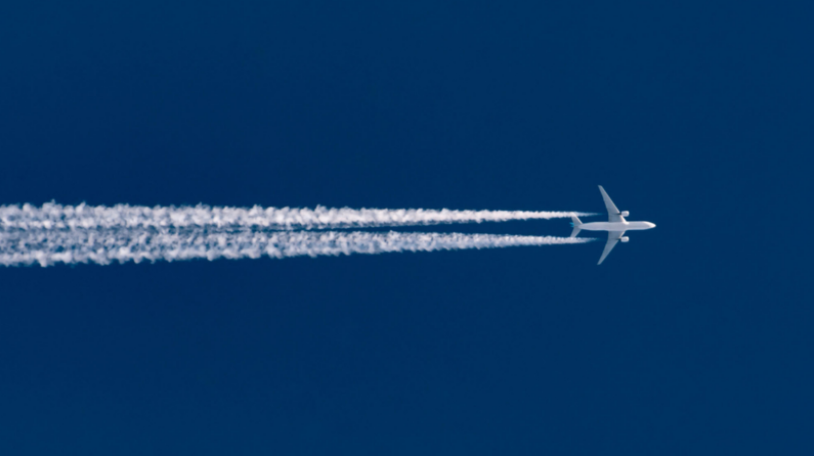How high can commerical planes fly?
- Ryan Hakawati
- Oct 28, 2022
- 2 min read

Have you ever looked up into the sky and wondered, “Why are those planes so high up in the sky?”. Well, there are a number of reasons for this, and some may come as surprising.
Airlines choose to fly their aircraft at higher altitudes for 7 big reasons. The main reason is to optimize efficiency. At higher altitudes, the air is thinner meaning the aircraft will produce less resistance and allow the plane to fly at a faster speed using up less fuel. Jet turbines or engines also have the ability to operate more efficiently up at the higher altitudes, since they can run closer to their max capabilities. The particular altitude selected for a specific flight will also be influenced by the wind speed. Aimed at minimizing or maximizing the beneficial impacts of high-altitude jet stream winds, pilots might need to change their altitude to help with this. If allowed by air traffic control, pilots may attempt to avoid turbulence and bad weather by ascending or descending appropriately to allow a smoother flight.
You may be asking yourself now, “Why don’t aircraft fly higher than this?”. There is a limit to how thin the air can get, even though it has efficiency benefits at altitudes. When going to even higher altitudes, the engines can't provide enough thrust, and the wings can't generate enough lift in much thinner air. In the event of a failure, there can also be difficulties starting a failing engine at such a great altitude. Higher altitude flights have safety concerns for both crew and passengers. If the cabin decompresses, the plane will quickly descend to a lower altitude. This requires longer time at a higher altitude, and this significant gap may put passengers in danger and stress.
Measures for the “Time of usefulness consciousness” have been established (TUC). This measurement indicates how long someone would be awake in the case of cabin decompression. This window of time, which is between 15 and 30 seconds at 35,000 feet, usually gives the passengers enough time to put on their oxygen masks. However, at 50,000 feet, this shortens to just 5 seconds. This shows how risky it is to fly at higher altitudes with passengers onboard, as they only have 5 seconds to put on their oxygen masks for themselves and for their children.
Citations
“How High Can Commercial Passenger Planes Fly?” Simple Flying, 25 Jan. 2021, simpleflying.com/how-high-can-commercial-passenger-planes-fly/.
Britannica.com, 2022, cdn.britannica.com/96/200396-050-1E0CEF5F/Airplane-sky-trace-steam-contrail.jpg?q=60. Accessed 20 Oct. 2022.






Comentários